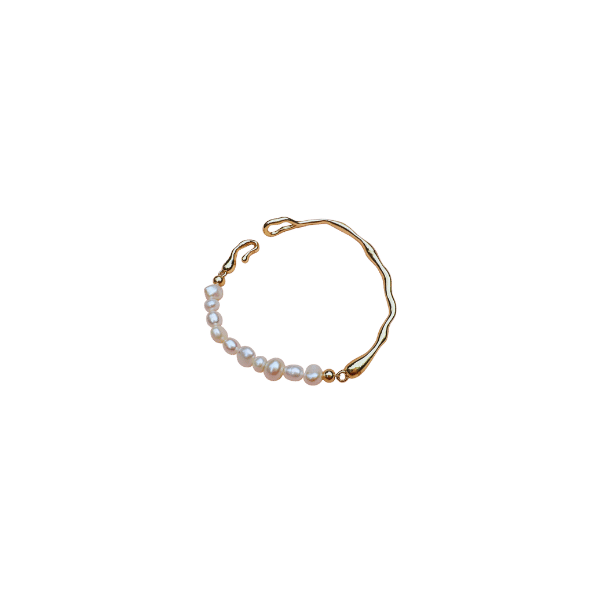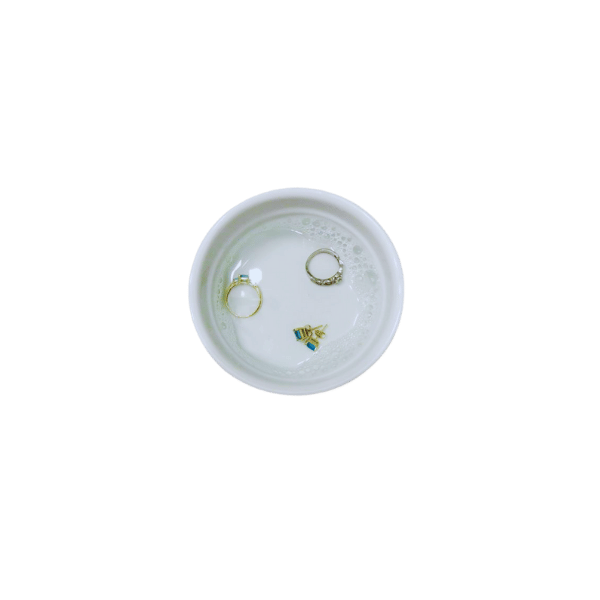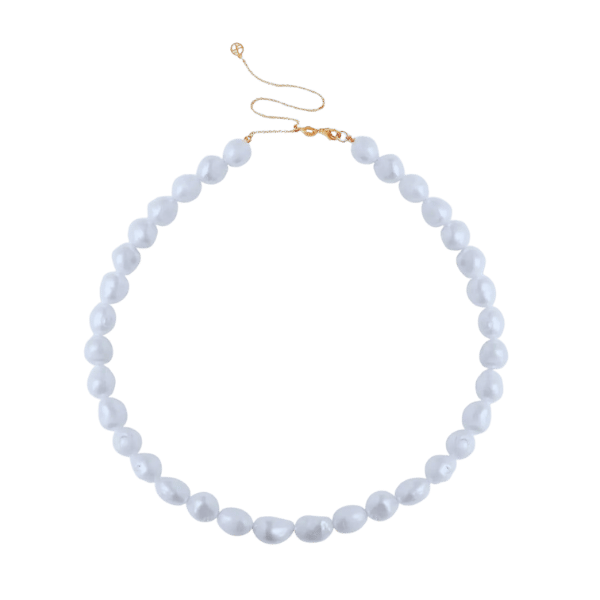Earrings are an iconic accessory that can enhance any outfit; however, their construction serves a purpose beyond mere adornment. The earring back is among earrings' most essential and frequently neglected parts. These delicate components, though small, work in unison to provide comfort, function, and security for the earrings. Whether one desires support for larger statement earrings or an understated option for daily wear, knowing the wide variety of earring backs is essential in making educated selections. This guide will discuss the various types of earring backs, their distinct advantages, and how to determine the ideal one according to individual requirements. This will enable you to appreciate how these discreet yet vital elements contribute to the beauty and utility of your beloved accessories.
What Are the Common Earring Back Types?

- Pushbacks (Friction Backs): These are the simplest and most popular backs. They use friction to secure the earring. They are suitable for lightweight earrings and are straightforward to operate.
- Screw Backs: These backs are more secure as they include a threaded post that screws in place. They are best for more expensive earrings or people needing a secure hold.
- Lever Backs: Lever backs provide both comfort and aesthetics. These earrings are easy to put on and have hinged clasps that latch behind the ear. They are quite popular and are primarily associated with drop or dangle earrings.
- Latch Backs: Often seen on hoop earrings, these backs with hinges that latch over a groove provide anchorage and a clean appearance.
- La Pousette Backs: The crested earring backs are utilized where extra attention to security, such as an internal locking mechanism, is needed for added safety. Best for valuable or heavy pieces, these are highly regarded.
Exploring the Screw Back Design
Screw back designs are popular for securing earrings, particularly stud earrings. They have a threaded post with backing that screws into place. This design is safe as it safeguards the earring and minimizes the risk of falling off. Screw backs are useful for valuable or sentimental earrings, providing peace of mind while ensuring comfort.
The Practicality of Push Backs
Pushbacks are universally preferred because they are straightforward to use. This form of fastening employs a small friction clip that fits over an earring post, usually straight. Push-backs work best for casual daily earrings since they can be removed easily and even adjusted without effort while still holding firmly. Although they are not as safe as the screw backs, they are quite usable in most situations. Moreover, these fasteners can be used with many styles of earrings. Thus, they are comfortable and handy for everyone.
Understanding Butterfly Back Features
Butterfly backs, often called clutch backs, are a type of earring fastener consisting of small flat disks with curled loops that securely grip the post of the earring. Their ease of application and safety appeal make them a solution for stud and lightweight earrings. They provide comfort for long periods and prevent earrings from effortlessly slipping off. Butterfly backs provide versatility as they can be paired with different styles of earrings and thus flexibly serve the user’s needs.
How to Choose the Right Earring Back for Your Jewelry?

Considering Earring Weight and Design
| Type | Best For | Pros | Cons | Material |
|---|---|---|---|---|
|
Butterfly |
Lightweight studs |
Easy, common |
Less secure |
Metal |
|
Screw |
Heavy/valuable |
Very secure |
Time-consuming |
Metal |
|
Lever |
Active wear |
Secure, stylish |
Bulky for some |
Metal |
|
Latch |
Hoops/dangles |
Reliable, easy |
May pinch |
Metal |
|
Locking |
High-value pieces |
Extra secure |
Complex mechanism |
Metal |
|
Rubber |
Sensitive ears |
Gentle, hypoallergenic |
Less durable |
Silicone/Rubber |
Choosing an Earring Back for Sensitive Ears
Rubber and silicone materials offer the best protection, such as earring backs, for sensitive individuals. These substances are hypoallergenic and reduce the risk of irritant or allergic response. Although softer than metal counterparts, their low weight and soft structure provide comfort during prolonged use. Discomfort and sensitivity with metal earring backs make rubber and silicone backs highly preferable.
The Importance of Secure Earring Backs
Secure earring backs are instrumental in mitigating the risk of earrings becoming dislodged or lost while undertaking routine activities. Lockbacks guarantee the earring and that the lockback is well secured to the ear, decreasing the possibility of the earring being removed involuntarily. Using suitable earring backs minimizes the strain on the earlobe that may arise from poorly fitted or overly loose earrings, thereby protecting the earlobe from undue strain. When choosing backs for earrings, focus on those that offer an optimal equilibrium of ease, strength, and proper fit to maintain safety alongside ease of use.
What Makes Comfortable Earring Backs?

The Benefits of Flat Back Earrings
Flat back earrings are considerably advantageous in comfort and practicality. They do not irritate or rub with the skin; smooth, flat surfaces are best suited for long wear and even while sleeping. Moreover, flat back earrings are less likely to snag hair, clothing, and other items, reducing the chances of unintentional pull or damage. This type of earring also helps maintain a good hold, which adds to the stability of these earrings. People with sensitive skin usually wear flat back earrings because these are made from hypoallergenic material, which increases comfort, safety, and ease since many earring backs may cause discomfort.
Why Latch Back Earring Backs Are Popular
The convenience and reliability provided by a latch-back earring's use offer a comfortable wear experience, explaining the popularity of these earring backs.
How to Keep Earrings Secure Using Different Backs?

Role of Lever Back Mechanisms
The lever-back earrings illustrate the pivotal balance between security and ease of access, showcased in the hinged, clasp-like design that fastens the earring. The closure reduces the chances of misplacement, which is particularly useful when attending numerous events, and lever backs are renowned for providing comfort and ease during use. The sturdy construction of these types makes them suitable for casual and formal occasions, especially with dangle earrings, given their dependable mechanism and enclosing feature, which assists with heavier or dangling earring designs.
Utilizing Omega and Latch Backs for Enhanced Security
Omega and latch backs are common earring closures that offer extra comfort and security when worn. Omega backs are ideal for larger, heavier styles as they have a curved, hinged clip that secures the earring against the earlobe. Latch backs offer the same advantage, using a lever-style clasp that attaches to the earring for stability when worn. Both mechanisms are effortless to use, work well without failure, and provide a firm grasp, making them suitable for different earring designs while minimizing the chances of loss.
Which Earring Back Type Is Best for Your Needs?

Comparing Wire and Fish Hook Backs
|
Parameter |
Wire Backs |
Fish Hook Backs |
|---|---|---|
|
Design |
Curved wire |
Straight wire |
|
Security |
Moderate |
High |
|
Style |
Elegant, minimal |
Secure, stylish |
|
Usage |
Dangle earrings |
Gemstone earrings |
|
Comfort |
High |
High |
Deciding Between Push Backs or Screw Backs
|
Parameter |
Push Backs |
Screw Backs |
|---|---|---|
|
Ease |
High |
Low |
|
Comfort |
High |
Moderate |
|
Security |
Moderate |
High |
|
Cost |
Affordable |
Higher |
|
Durability |
Moderate |
High |
|
Best Use |
Daily wear |
Valuable pieces |
Frequently Asked Questions (FAQs)
Q: What are the most common types of earring backs?
A: Backs designed to secure the earring in place include friction backs or butterfly backs, screw backs, lever backs, and latch backs.
Q: Which type of earring back is best for hoop earrings?
A: Latch backs are ideally suited as earring backs for hoop earrings since they attach securely to the post and lock the hoop into place, preventing any possible slippage.
Q: What type of earring back is recommended for heavy earrings?
A: Heavy earrings, especially dangle or drop earrings, are best supported by omega or la poussette backs. These backs provide extra support and stability to keep the earrings positioned comfortably.
Q: Can you explain how friction brakes work?
A: Friction backs are used with stud earrings. They slide onto the earring post and pinch it, holding the earring. They are handy, but not the best method for securing diamond stud earrings.
Q: What benefits do screw backs offer?
A: Like all backs, screw backs have the advantage of being secure to the ear. Their backing fits on a screw which locks into place, hence they are called screw backs. This style is often used on more expensive earrings and offers peace of mind as the earring will not get off that easily.
Q: What is the difference between rubber backs and plastic backs?
A: Rubber backs are softer and more comfortable as they grip the post, unlike plastic backs, which are harder and don’t offer the same comfort and security. Nevertheless, both are inexpensive options for daily use.
Q: What should I consider when selecting earring backs for sensitive ears?
A: Ear sensitivity requires titanium or stainless steel surgical hypoallergenic materials, which are less irritating, do not offend the wearer, and are best for allergy-prone ears.
Q: Are there special earring backs for different styles of earrings?
A: Yes, some earring styles may require certain backs. For instance, rubber stoppers are used for hook earrings, while butterfly backs are used for stud earrings. The correct type of earring back can maximize ease of wear and safety.
Q: How do lever backs secure the earring?
A: With lever backs, the earrings previously described are known to have hinged levers that snap shut behind earlobes. This guarantees their safety. It is the most preferred type of dangle and drop earrings, providing complete attachment.
Q: What is a jumbo back, and when should it be used?
A: A jumbo back is a larger, wider version of a friction back that provides additional support for larger or heavier earrings. It helps with the sagging problem by evenly spreading the weight of the earrings so they dangle without compromising on levelling.
Reference Sources
Gemological Institute of America (GIA): From this source, I learned about different kinds of earring backs, such as clutch, friction, and butterfly backs, and how to adjust them for security and comfort. GIA Article on Earring Backs.
Northeastern University Repository: This document examined the various forms of earring backs, such as butterfly and bullet-shaped ones, and focused on their design and functionality for tremor patients. Northeastern University Study.





